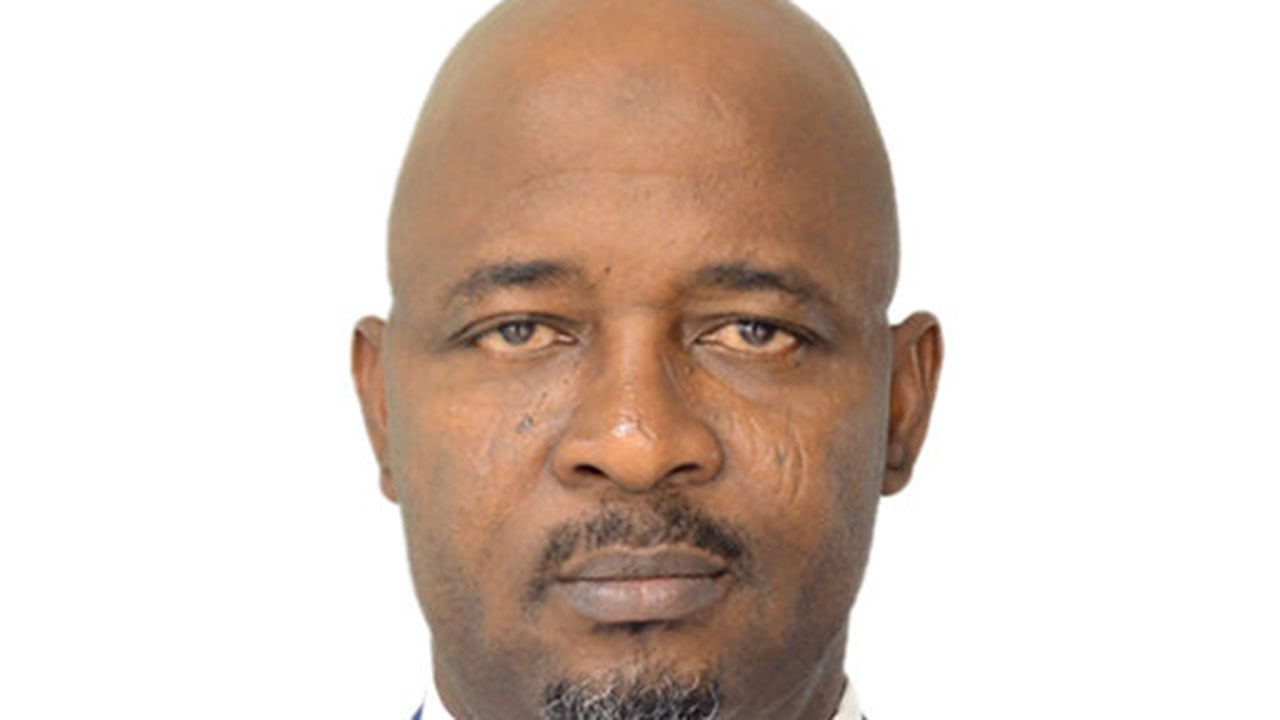
• As first patients in LUTH’s transplant begin post-recovery care
The first sets of patients for bone marrow transplants at Lagos University Teaching Hospital (LUTH) are currently undergoing post-transplant care within the hospital.
The two patients, who were admitted in the last week of August 2024, received a treatment regimen of exchange blood transfusions, chemotherapy and anti-infective prophylaxis to prepare them for the infusion of bone marrow stem cells that were harvested from family donors and processed.
Sickle cell disease (SCD), or sickle cell anemia, is a major genetic disorder characterised by a modification in the shape of the red blood cell from a smooth, donut-shaped into a crescent or half-moon shape and these misshapen cells lack plasticity and can block small blood vessels, impairing blood flow.
According to WHO, these blood clots can cause extreme pain in the back, chest, hands and feet. The disrupted blood flow can also cause damage to bones, muscles and organs and people with sickle cell disease often feel weak, tired and pale.
Findings published in Pan African Medical Journal (PAMJ) February 2022, reported that yearly, about 300,000 newly diagnosed SCD children are born worldwide with Sub-Saharan Africa contributing about 75 per cent of the number and Nigeria accounting for about 100,000-150,000 newborns living with SCD.
The statistics also identified Nigeria to be occupying a strategic position in the epidemiology of SCD from the global perspective having one in every four Nigerians living with a sickle cell trait and about 33 per cent of the global burden.
While reports have shown that Nigeria has one the most significant burden of Sickle Cell Disease, individuals affected with the disease suffer life-threatening and excruciating complications from early childhood, serious damage to their organs, and reduced life expectancy.
However, the establishment of comprehensive care programmes, including newborn screening, penicillin prophylaxis, and Transcranial Doppler screening in children to identify those at risk of stroke, followed by using chronic blood transfusion therapy and the increasing use of hydroxyurea therapy, has improved the proportion of children surviving into adulthood but has not improved the proportion of adults living to older age, especially for the most severely affected.
Recognising the gaps in care for individuals affected by the disease and in preparation for a locally adapted and cost-effective bone marrow transplant programme in Nigeria, a post-transplant clinic was initially established in 2019 by the Sickle Cell Foundation Nigeria (SCFN) and LUTH.

The Chief Medical Director, LUTH, Prof Wasiu Adeyemo and the National Director, SCFN, Dr Annette Akinsete, said both patients are currently undergoing post-transplant care within the transplant unit at the hospital.
In the press statement, the management acknowledged that the complexity and costs of the transplant have severely limited those who can obtain the treatment, leaving most to seek the treatment outside Nigeria, which causes severe hardship for both patients and families.
“Although bone marrow transplant is associated with known complications such as infection and graft-versus-host disease (when donor cells can attack the patient), infertility, and even death, it is also an established cure for the disorder using a donor from a family member.”
Adeyemo explained that the procedure has been much improved over the last 20 years to ensure good outcomes and limit complications. He also noted that it is a complex procedure requiring a multidisciplinary team approach and involves treatment and close follow-up for approximately 12 months. “Bone marrow transplant is now an approved therapy for children and adults with severe sickle cell disease,” he added.
MEANWHILE, 12-year-old Kendric Cromer is among the first patients to be treated with the newly approved gene therapy at Children’s National Hospital in Washington, USA.
In December 2023, the Food and Drug Administration (FDA) approved two companies; Bluebird Bio of Somerville and Vertex Pharmaceuticals of Boston, to sell the first gene therapies approved for sickle cell disease.
Although Gene therapy dangles the prospect of normalcy for the estimated 20,000 people in the United States with the most severe forms of pain, Cromer remains the first Bluebird patient to progress this far with at least a few others advancing toward his pace.
For many who qualify for the treatment, the start of Kendric’s medical treatment may offer hope and possible lives they have longed for, but it also signals the difficulties patients face as they seek a pair of new sickle cell treatments.





